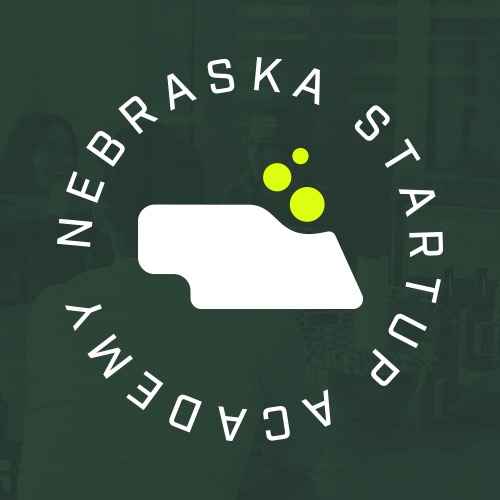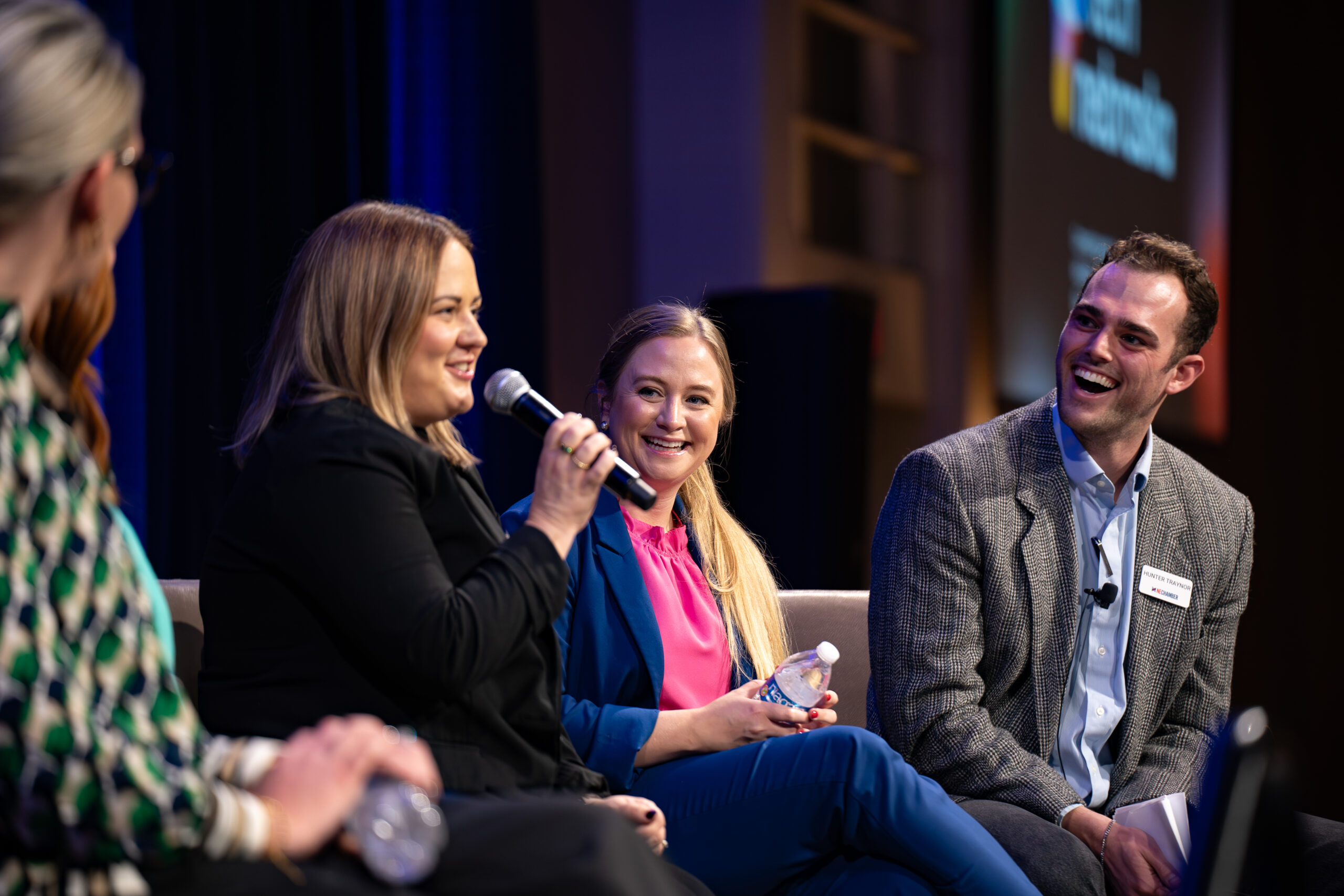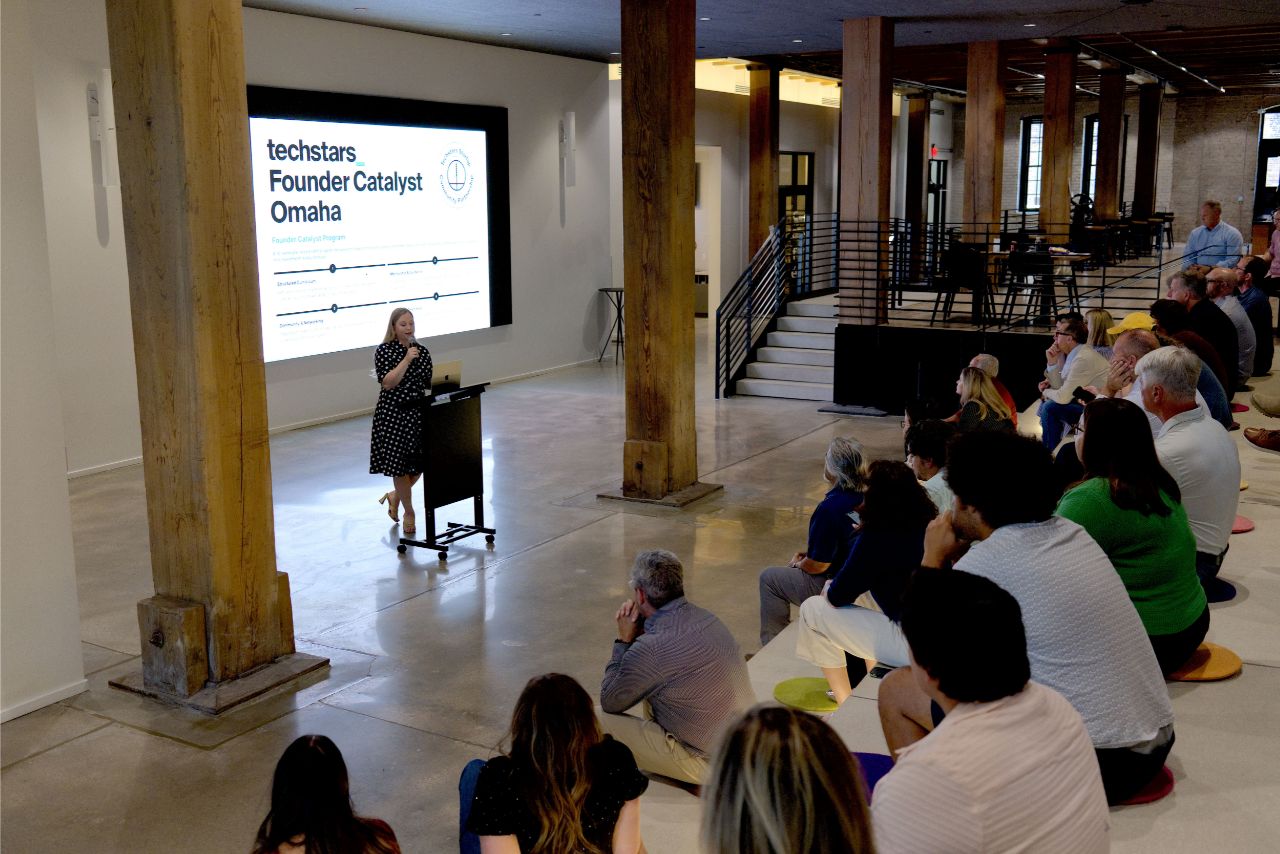A new venture capital fund plans to double down on Nebraska startups with additional funding and resources, including a nonprofit arm, to help the next generation of Nebraska entrepreneurs and investors get started.
SPN recently connected with MOVE VC managing partner Charlie Cuddy to learn more about the new investment firm. Check out the first installment of this 2-part series to read about why he and his partners decided to launch a $10M pre-seed venture capital fund in Nebraska.
In part two, it’s time to talk about what’s coming next, both for MOVE and its new nonprofit arm, Nebraska Startup Academy.
MOVE has deployed capital to the first nine Nebraska companies in its portfolio. Cuddy envisions making investments in as many as 75 Nebraska startups in the next three years. A portion of the fund is reserved for making follow-on investments in 10-15 portfolio companies “that are breaking out,” he said.
“I would imagine sometime in the next three years, we’ll start raising fund two,” Cuddy added. “Hopefully it will be larger than $10M, but still kind of in the $20-$30-$40 million range.”
Eventually MOVE plans to start making investments in early stage founders in surrounding states as a means to entice them to build something in Nebraska.
When it comes to the more immediate future, MOVE is creating an online curriculum and resources to educate founders in the innovation and entrepreneurship ecosystem. Cuddy said Nebraska Startup Academy is designed for founders who are “trying to teach themselves how to be an entrepreneur with online resources.”
Finding the relevant information and even understanding the terminology can be challenging for Nebraska founders doing research online, Cuddy said. “It’s not always crystal clear and in alignment with how the ecosystem is established here, which can lead to a lot of discouragement.”
For example, Cuddy mentioned that angel investors in Nebraska tend to invest at later stages compared to angels on the coasts.
MOVE sees an opportunity to educate wanna-be investors in addition to founders.
“Angel investing can be intimidating,” Cuddy said. “We have a lot of high net worth individuals in the state that I believe are interested in angel investing that don’t necessarily know who to ask or where to get started.”
Cuddy said Nebraska Startup Academy is “really about level setting — reading, education, networking opportunities,” for folks in the Nebraska startup ecosystem. “Even a little bit of translation” to make the information, like how much money you need to raise in a pre-seed round, more reasonable for this market compared to Silicon Valley, Cuddy said.
Venture capital is one way, but not the only way for startups
“We always advise every founder to really think if taking on venture capital is best for them,” Cuddy said.
“Because if a founder comes to us with just an idea — the fact that we’re taking on more risk — we would expect to take on more percentage of the company.”
Cuddy said he regularly asks founders what they would do with $1 million today. Often it turns out they don’t actually need that much capital right away. Raising $100,000-$250,000 and applying for matching funds from the Nebraska prototype grant or other sources of non-dilutive capital, like SBIR, could be an alternative path to launching.
This route allows founders to keep a larger ownership stake in their company. It also sets them up to be able to raise future funding rounds faster because they’ll have a product and revenue instead of just an idea.
Cuddy said it’s important to realize there are different forms of startup funding available. Venture capital is one option, but not the only option — and not the best option for every founder. So, Cuddy said, it’s important to “understand the responsibility that comes with taking venture capital and the scalability at which you’re expected to grow.”
Taking on debt or bootstrapping nights and weekends while you’re still employed full time are alternative pathways to getting started. Cuddy pointed to the proliferation of no-code and low-code platforms that allow non-programmers to develop software using a drag and drop interface as a way to save money on building a prototype.
Cuddy encourages founders to ask themselves: “How far can I get before I need anything?”
Cuddy acknowledged that venture capital tends to get a “bad rap” as being cutthroat with a growth-at-all-costs mentality. Scale is definitely required for venture capital to work, but “you can do it in a very humane way when you keep the founder and the customer first…and focus on building towards a common goal.”




